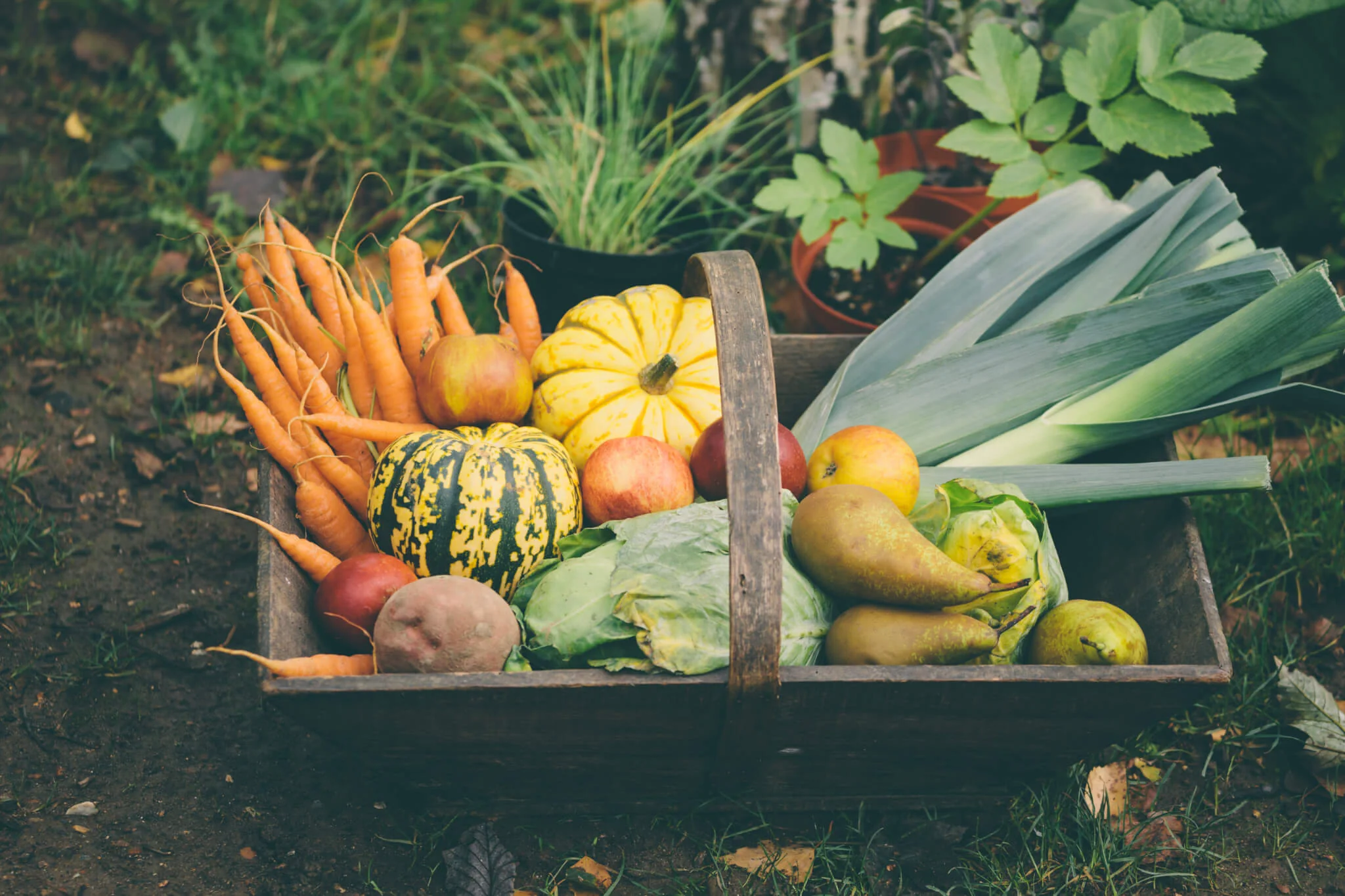Just because summer is winding down doesn’t mean your garden has to! In fact, knowing how to plan a fall garden can extend your growing season and give you fresh, flavorful crops well into the cooler months. Here in Zone 7b, fall gardening can be one of the most rewarding parts of the year. With fewer pests, cooler temperatures, and crops that thrive in brisk weather, it’s a great time to get your hands back in the soil.
Start with Your First Frost Date
If you want to successfully plan a fall garden, you’ll need to know your average first frost date—and for Zone 7b, that’s typically around November 15. Count back from this date to determine when to plant each crop, making sure there’s enough time for them to mature before cold temperatures set in.
Best Crops to Grow in a Fall Garden (Zone 7b)
When you plan a fall garden, choose crops that love cool weather and can handle a light frost. Some even taste better after a cold snap!
- Quick growers: Lettuce, radishes, arugula, Asian greens
- Frost-tolerant greens: Kale, collards, mustard, spinach
- Root crops: Carrots, beets, turnips
- Other great choices: Peas, broccoli, cabbage, Swiss chard

When to Plant Your Fall Crops
Timing is everything when you plan a fall garden. Most crops should be planted between August and early October, depending on their maturity dates.
- Lettuce and radishes: Start now and sow every 2 weeks
- Broccoli and cabbage: Transplant seedlings by late August
- Carrots and beets: Direct sow by mid-August
For a continuous harvest, try succession planting—sowing small batches every couple of weeks.
Prepping Your Beds for Fall Gardening
Before you plant your fall garden, take time to prep your growing spaces. Remove any worn-out summer crops and revitalize your soil with compost or organic matter. Adding mulch can help retain moisture and regulate soil temperature, especially during early fall’s lingering heat.

Seeds or Seedlings?
When you plan a fall garden, it helps to know which crops are best direct-sown and which do better as transplants.
- Direct sow: Root vegetables (carrots, beets), leafy greens (lettuce, spinach)
- Transplant: Broccoli, cabbage, and other brassicas benefit from an early start indoors or at your local nursery
Ways to Extend Your Fall Garden Season
To make the most of your fall garden in Zone 7b, consider season extension tools like row covers, cold frames, or low tunnels. These simple additions can help protect your crops from early frosts and keep your garden going well into late fall—or even early winter.

My Fall Garden Plans
This will be my first time growing a fall garden, and I’m both excited and a little nervous. I’m planning to plant spinach, collard greens, lettuce, carrots, broccoli rabe, and cabbage—and possibly some kale if I can make room. These cool-weather crops are new territory for me, but I’m looking forward to learning as I go. Fall gardening feels like a slower, more intentional way to connect with my garden, and I’m curious to see how things grow in this new season.

Ready to Plan a Fall Garden?
Are you thinking about starting your own fall garden this year? Whether you’re a first-timer like me or a seasoned grower, there’s something special about this time of year. I’d love to hear what you’re planning to grow and how you’re preparing for the season.
Leave a comment below or share this post with a friend who’s ready to plan a fall garden of their own!


Leave a Reply